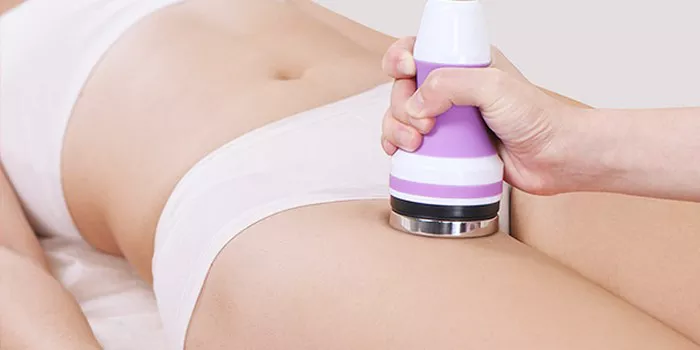Both chemical peels and microdermabrasion are popular cosmetic procedures that offer exfoliation and skin rejuvenation benefits. While they serve similar purposes, combining these treatments without proper timing and consideration can lead to adverse effects on the skin. As such, many individuals wonder how long after a chemical peel they can safely undergo microdermabrasion. In this article, we will explore the essential considerations, recommended waiting periods, and the benefits of spacing out these treatments for optimal results and skin health.
Understanding Chemical Peels and Microdermabrasion
Chemical Peels: Chemical peels involve applying a chemical solution to the skin to remove the outer layers, stimulating new skin growth and improving various skin concerns. The strength and depth of the chemical peel can vary, ranging from superficial to deep peels, each targeting specific skin issues.
Microdermabrasion: Microdermabrasion is a non-invasive exfoliating treatment that uses a device with fine crystals or a diamond-tipped wand to remove dead skin cells and reveal a smoother, brighter complexion.
Timing Considerations for Combining Treatments
Combining chemical peels and microdermabrasion can be beneficial when performed with care and adequate spacing. The recommended waiting period between these treatments varies based on the intensity of the chemical peel:
Superficial Chemical Peel: For superficial chemical peels, which are milder and target the outermost skin layer, it is generally safe to undergo microdermabrasion after about two to four weeks. This allows enough time for the skin to heal and for any peeling or sensitivity to subside.
Medium to Deep Chemical Peel: Medium to deep chemical peels penetrate deeper into the skin layers, promoting significant exfoliation and skin regeneration. In such cases, it is advisable to wait at least six to eight weeks before considering microdermabrasion. This extended period allows for proper skin healing and regeneration, reducing the risk of skin irritation and complications.
Benefits of Spacing Out Treatments
Minimize Skin Sensitivity: Both chemical peels and microdermabrasion can leave the skin sensitive and prone to irritation. Spacing out the treatments ensures that the skin has ample time to recover, minimizing the risk of adverse reactions and discomfort.
Avoid Over-Exfoliation: Combining aggressive exfoliating treatments too closely can lead to over-exfoliation, compromising the skin’s protective barrier and causing dryness, redness, and increased sensitivity.
Enhance Treatment Results: Allowing sufficient time between treatments allows each procedure to work to its fullest potential. This sequential approach can lead to more noticeable and longer-lasting results.
Reduce Risks: Properly spaced treatments can reduce the risk of post-inflammatory hyperpigmentation or uneven skin texture, which can occur when the skin is not adequately healed between procedures.
Precautions and Aftercare
Consultation with a Professional: Always consult with a licensed esthetician or dermatologist before undergoing any cosmetic procedures. They can assess your skin’s condition, recommend suitable treatments, and advise on the ideal timing between procedures.
Sun Protection: After both chemical peels and microdermabrasion, the skin is more susceptible to UV damage. It is crucial to wear sunscreen with at least SPF 30 and limit sun exposure to protect the treated skin.
Avoid Harsh Products: Refrain from using harsh skincare products, retinoids, or exfoliants immediately after treatments, as the skin may be sensitive and prone to irritation.
Hydration: Keep the skin well-hydrated with a gentle, non-irritating moisturizer to promote healing and soothe any post-treatment dryness.
Conclusion
Combining chemical peels and microdermabrasion can offer significant skin rejuvenation benefits when done with careful planning and proper timing. Waiting periods between treatments depend on the intensity of the chemical peel, with at least two to four weeks for superficial peels and six to eight weeks for medium to deep peels. This spacing allows the skin to heal, minimizing sensitivity and the risk of complications.
Always consult with a qualified skincare professional to determine the best treatment plan for your skin type and concerns. By spacing out treatments and following proper aftercare, you can achieve optimal results, enhanced skin texture, and a refreshed and youthful complexion. Remember that each person’s skin is unique, and an individualized approach to skincare ensures the best outcomes for healthy and radiant skin.


